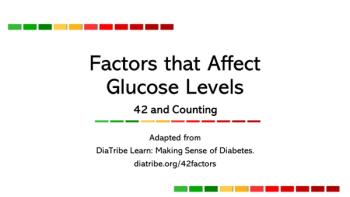
Researchers Score Against Lou Gehrig's Disease
PHILADELPHIA -- Against the backdrop of the start of baseball's post-season, researchers reported clues to unraveling the mystery of a disease best known for striking down New York Yankees first baseman Lou Gehrig nearly 70 years ago.
PHILADELPHIA, Oct. 5 -- Against the backdrop of the start of baseball's post-season, researchers reported clues to unraveling the mystery of a disease best known striking down New York Yankees first baseman Lou Gehrig nearly 70 years ago.
An international team of researchers has identified the misfolded protein that causes both amyotrophic lateral sclerosis (ALS), or Lou Gehrig's disease, and a less well-known condition, frontotemporal lobar degeneration, according to Virginia Lee, Ph.D., of the University of Pennsylvania.
It is TAR DNA-binding protein 43 (TDP-43), which has several functions and is found in the nucleus of many cell types, Dr. Lee and colleagues reported in the Oct. 6 issue of Science.
Misfolded proteins are a common motif in neurodegenerative diseases. They are tagged for recycling by the protein ubiquitin, but instead of being broken down they are dumped in the neurons.
But the specific ubiquitinated protein involved in ALS and frontotemporal lobar degeneration had not been identified previously, Dr. Lee said. The finding "resolves a long-standing enigma," she and colleagues noted.
Because the two diseases share clinical features -- dementia often strikes those with ALS and patients with frontotemporal lobar degeneration often have motor complications -- the researchers thought it likely that the diseases were related in some way.
Tests using tissue samples showed that the motor neurons of ALS patients and the frontal and temporal neurons of frontotemporal lobar degeneration patients contain large amounts of ubiquitinated TDP-43 in their cytoplasm.
The finding implies that ALS, frontotemporal lobar degeneration, and possibly other neurodegenerative diseases are part of "a spectrum of disorders that share similar pathological mechanisms, culminating in the progressive degeneration of different selectively vulnerable neurons," the researchers concluded.
"It's very exciting that we finally made the connection between dementia and motor neuron disease," Dr. Lee said. "Clinically there's overlap in these two disorders, so it was very tantalizing to see if there was anything to link them biochemically."
The researchers developed monoclonal antibodies to TDP-43, and tested them in 72 post-mortem tissue samples patients with either ALS or frontotemporal lobar degeneration. All 72 cases contained misfolded TDP-43.
"Since many cases were studied, the data became very compelling," Dr. Lee said.
While ALS is well-known because of its link with Gehrig, frontotemporal lobar degeneration is less well-known, according to study co-author John Trojanowksi, M.D., Ph.D., director of Penn's Institute on Aging.
One reason may be its rarity, although it is the second most common cause -- after Alzheimer's disease -- of dementia in people under the age of 65.
"Another reason for (its) relative obscurity is also undoubtedly the shame family members experience with the strange and, at times, bizarre behavior of patients, including disturbing obsessions, larceny, or even sexual deviancy, that may bring the patient to the attention of the legal system rather than to the healthcare system," Dr. Trojanowksi said.
The finding does not immediately imply any clinical benefit, but "it will advance understanding of the pathological processes of (frontotemporal lobar degeneration) and ALS, and possibly of other neurological disorders," commented to Richard Hodes, M.D., director of the National Institute on Aging, which financed the research.
Whether the finding turns out to be a home run or a bunt single, Dr. Lee said in an interview, will depend on whether future research shows that TDP-43 is a useful target for new therapies and diagnostic tools.
Newsletter
Enhance your clinical practice with the Patient Care newsletter, offering the latest evidence-based guidelines, diagnostic insights, and treatment strategies for primary care physicians.

































































































































































































































































































